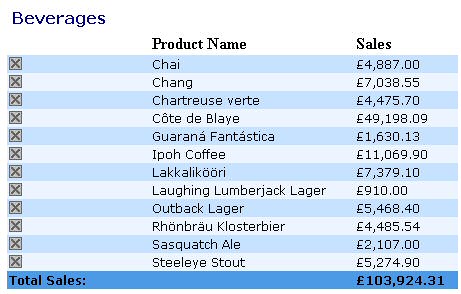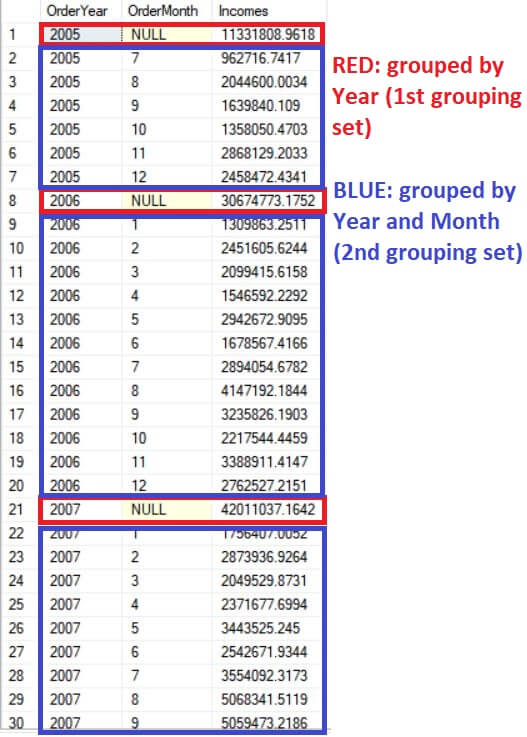Winner of Best BI Software for SQL. Get the Most out of Your Data. Watch the Free Tableau Video Demo! Move Forward With Confidence. What is Count distinct in SQL?
APPLIES TO: SQL Server Azure SQL Database Azure Synapse Analytics (SQL DW) Parallel Data Warehouse. Indicates whether a specified column expression in a GROUP BY list is aggregated or not. GROUPING returns for aggregated or for not aggregated in the result set. Summary: in this tutorial, you will learn how to use SQL GROUP BY clause to group rows based on one or more columns.
Introduction to SQL GROUP BY clause. Grouping is one of the most important tasks that you have to deal with while working with the databases. SELECT - GROUP BY- Transact-SQL. Arranging SQL data so that you can effectively analyze it requires an understanding of how to use certain SQL clauses and operators. A combination of same values (on a column) will be treated as an individual group.
SUM() function with group by. SUM is used with a GROUP BY clause. Once the rows are divided into groups, the aggregate functions are applied in order to return just one value per group. As you can see in the above output, the rows with duplicate NAMEs are grouped under same NAME and their corresponding SALARY is the sum of the SALARY of duplicate rows.
Group By multiple columns: Group by multiple column is say for example, GROUP BY column column2. This is a bit more of a SQL SERVER Version using Summarizing Data Using ROLLUP. SQL Server started off using grouped aggregate pushdown for this execution because the impure grouping keys met the 10-bits-or-less criteria. This lasted for a total of batches (of 9rows each = 9rows total).

It is typically used in conjunction with aggregate functions such as SUM or Count to summarize values. In SQL groups are unique combinations of fields. Rather than returning every row in a table, when values are grouped , only the unique combinations are returned. The feedback mechanism. Select SQL grouped by weeks.
Ask Question Asked years,. Suppose the business manager at Adventure Works wants to visualize both within a single result set. To accomplish this, you may merge the previous queries – Query and Query – by using the UNION ALL operator.
This lesson is part of a full-length tutorial in using SQL for Data Analysis. Check out the beginning. SQL aggregate function like COUNT, AVG, and SUM have something in common: they all aggregate across the entire table.
This SQL tutorial explains how to use the SQL GROUP BY clause with syntax and examples. Video: Filter grouped in SQL with HAVING. This movie is locked and only viewable to logged-in members.

Embed the preview of this course instead.
Nincsenek megjegyzések:
Megjegyzés küldése
Megjegyzés: Megjegyzéseket csak a blog tagjai írhatnak a blogba.